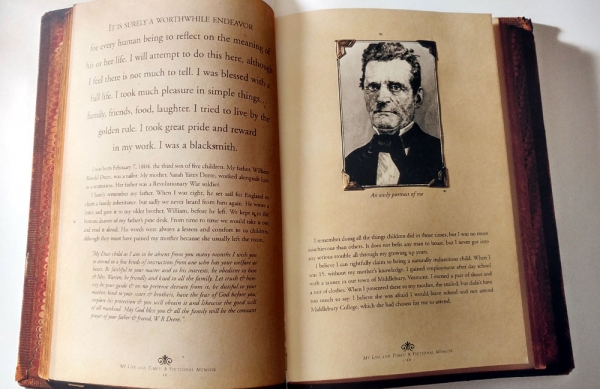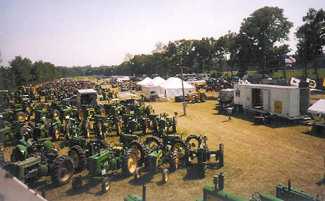The Quad Cities. When you hear that name, you might picture the mighty Mississippi, bustling downtowns, and maybe even some delicious Quad Cities-style pizza. But what truly put this region on the map, and continues to shape its identity, is the hum of industry – specifically, the evolution of farm machinery. And at the heart of that story? None other than John Deere.
Now, we’re not just talking about any old farm equipment. We’re talking about a revolution. A transformation that took farming from back-breaking labor to the high-tech, precision agriculture we see today. And it all started with a guy named John Deere and a polished steel plow.
Back in the early 1800s, tilling the rich soil of the Midwest was a real struggle. Wooden plows constantly broke and the sticky prairie dirt clung to them like, well, mud. John Deere, a blacksmith by trade, saw a better way. Legend has it, he took a broken steel pitchfork, polished it to a shine, and discovered that the dirt slid right off. Boom! The steel plow was born.
This wasn’t just a shiny new tool; it was a game-changer. Farmers could plow more land, faster, and with less effort. Suddenly, the vast prairies of the Midwest were open for business, feeding a growing nation. And as demand grew, so did Deere’s operation. He went from a one-man shop to a thriving company, laying the foundation for what would become a global powerhouse.
But the story doesn’t stop with the plow. As farming evolved, so did the machinery. From horse-drawn reapers and threshers to the first tractors, the Quad Cities became a hub of innovation. Companies like Deere, and others that sprang up in the region, were constantly pushing the boundaries of what was possible, designing and building machines that were bigger, faster, and more efficient.
The shift from horse power to horsepower was a pivotal moment. Tractors revolutionized agriculture, allowing farmers to cultivate vast fields with ease. And as technology advanced, so did the tractors. From the early models that were basically glorified engines on wheels to the sophisticated, GPS-guided machines of today, the evolution has been nothing short of remarkable.
But it wasn’t just about bigger and faster. It was also about smarter. The Quad Cities became a center for developing precision agriculture technologies. Think GPS-guided planting, variable-rate fertilization, and data-driven decision-making. These advancements not only increased yields but also helped farmers use resources more efficiently, reducing their environmental impact.
The legacy of farm machinery in the Quad Cities is more than just machines. It’s about the ingenuity and hard work of the people who designed and built them. It’s about the farmers who used them to feed the world. It’s about the communities that grew and thrived around this vital industry.
Today, as you drive through the Quad Cities, you can still feel the echoes of this industrial past. You can see it in the factories and workshops, in the museums and historical sites, and in the spirit of innovation that continues to drive the region forward. The evolution of farm machinery is a story that’s still being written, and the Quad Cities remain at the forefront, shaping the future of agriculture and feeding the world.



